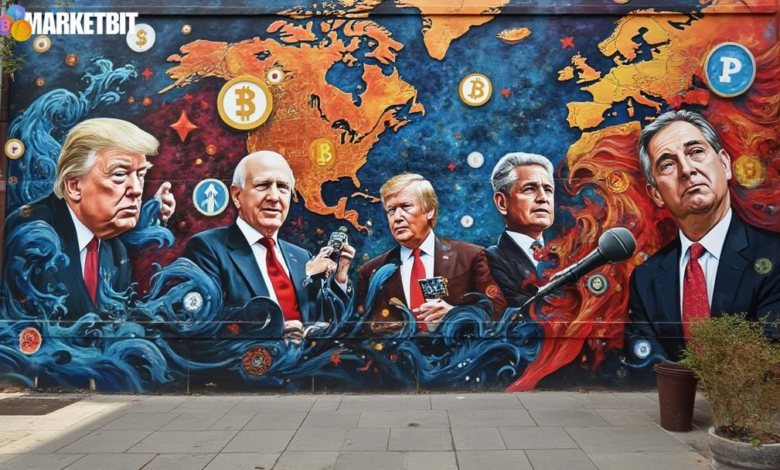US Senate Advances GENIUS Act Setting Stablecoin Standards

- Main event, leadership changes, market impact, financial shifts, or expert insights.
- Broad bipartisan support seen in recent vote.
- US stablecoin framework potentially reshaped.
The US Senate voted 68-30 to progress the GENIUS Act, aiming to establish regulatory standards for stablecoin issuers in the country.
The Senate’s action raises hope for comprehensive stablecoin regulation amid past legislative challenges.
The GENIUS Act, known officially as the Growth and National Innovation in U.S. Stablecoins Act, achieved a significant Senate procedural vote. Broad bipartisan support was evident, especially following recent negotiations, which led to 68 votes in favor. Notable support came from key Democrats like Senators Kirsten Gillibrand and Mark Warner, despite vocal opposition from Senator Elizabeth Warren, who highlighted concerns about consumer protections and potential regulatory gaps.
“The GENIUS Act reflects our commitment to fostering innovation while ensuring consumer protections in the fast-evolving digital currency space.” – Senator Kirsten Gillibrand
With the GENIUS Act advancing towards a final Senate vote, major stablecoins and their issuers could see direct implications, particularly USDC and USDT. The regulatory standards could drive shifts in DeFi protocols using stablecoins for liquidity, with potential impacts reverberating through associated markets like BTC and ETH trading pairs.
Experts anticipate financial market shifts in response to the legislation. Volatility is expected, as stakeholders assess new regulatory landscapes. Prior Congressional efforts stalled, but current bipartisan momentum signals a major breakthrough. Institutional access to stablecoins may adjust with clarity emerging post-enactment.
Market participants are closely monitoring potential adjustments in compliance frameworks. New regulatory standards could affect stablecoin market share and DeFi liquidity. Regulatory clarity might prompt rapid changes for issuers and protocols, creating both opportunities and challenges in financial markets.




